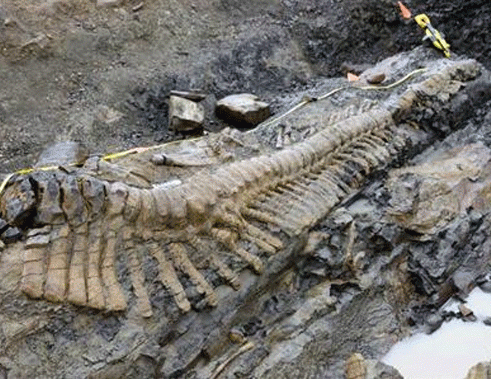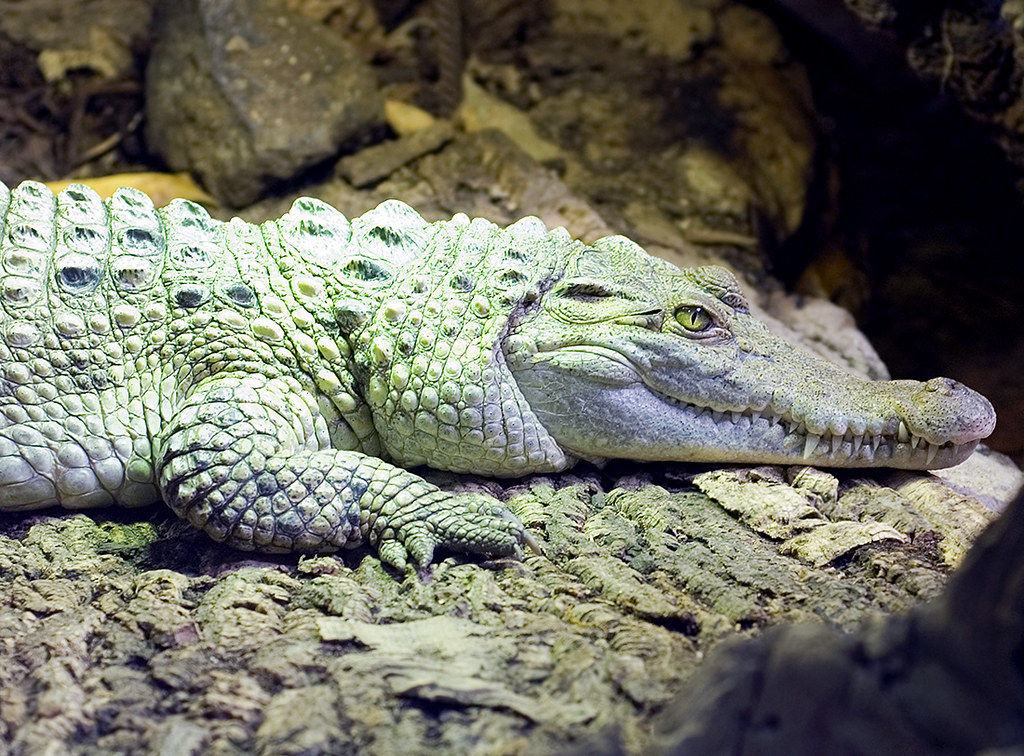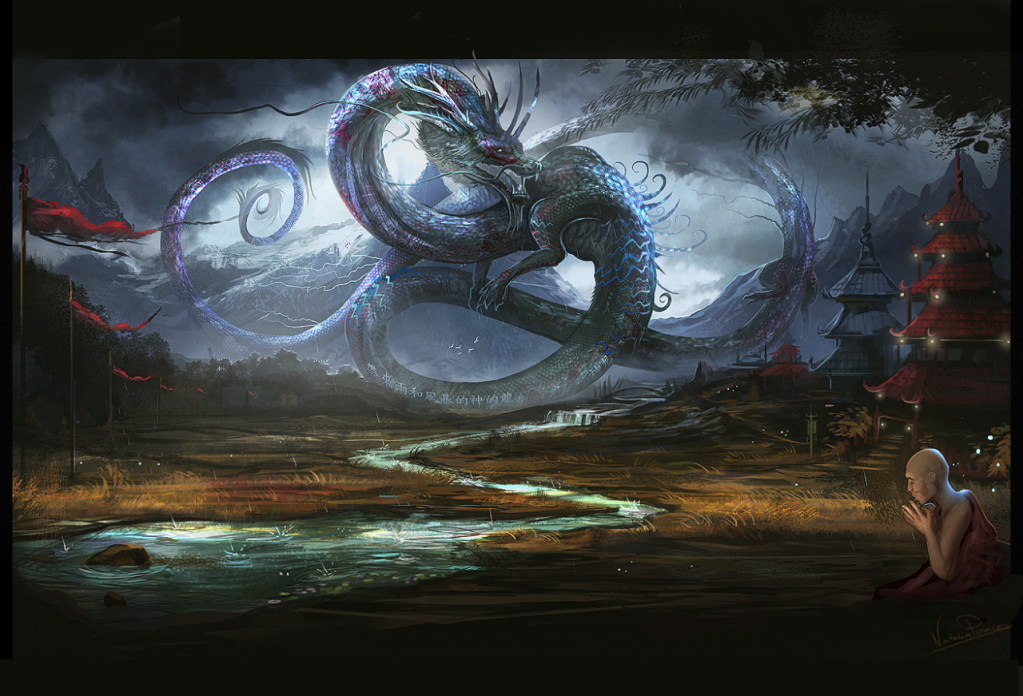
The Chinese dragon or Lung is a legendary creature from Chinese mythology. The most common depiction of these creatures is snake-like with four legs. They traditionally symbolize auspicious powers, particularly over water. The dragon is considered a symbol of power, strength, and good luck for people in East Asian culture.

Dragons have been used in ancient Chinese culture since the Xinglongwa culture (6200–5400 BC). It represented the evolution of the ancestors and qi energy. Historically, the Chinese dragon was associated with the Emperor of China and was used as a symbol of imperial power. During the Tang dynasty, Emperors wore robes with the dragon motif. In the Yuan dynasty, the dragon was reserved for the Emperor only. The dragon appeared on the first Chinese national flag during the Qing dynasty.
So what inspired this brilliant creature?

From its origin as totems, the Chinese dragon evolved into a mythical creature. The Han dynasty scholar Wang Fu laid down a full description of the beast:
“People paint the dragon’s shape with a horse’s head and a snake’s tail. Further, there are expressions as ‘three joints’ and ‘nine resemblances’, … They are the following: his antlers resemble those of a stag, his head that of a camel, his eyes those of a demon, his neck that of a snake, his belly that of a clam, his scales those of a carp, his claws those of an eagle, his soles those of a tiger, his ears those of a cow…”
Many historians have determined two possible origins for the Chinese lung.

As with many creatures, this myth may have been inspired by finding dinosaur bones throughout the Asian continent. Ancient Chinese documented finding dinosaur bones as far back as 300 BC in the Sichuan Province. These fossils were called dragons and used in traditional medicines.
Today the modern Chinese term for dinosaur is written as 恐龍; 恐龙; kǒnglóng, meaning terror dragon.

While there is a case to be made for dinosaur bones, some historians believe that it perpetuated the myth. The stories and iconography of dragons have been around for much longer than the records identifying bones in the area. While this does not refute the idea, it may lend credence to an alternative hypothesis.
The Chinese Alligator has been a part of Chinese literature since the third century. In the late 1200s, Marco Polo became the first person outside China to write about the animal. In some such writings, the alligator was associated with the Chinese Lung.
Chinese Alligators or the muddy dragon is a crocodilian endemic to China, still alive today. This animal is related to the American Alligator found in the southern United States.
The Chinese Alligator is often dark gray or black with a fully armored body. It can grow up to 1.5 – 2 m and weigh up to 45 kg. The species is an opportunistic feeder, primarily eating fish and invertebrates. It is considered a vocal species, adults bellowing during mating season and young making noise to communicate to those around them. These alligators can live up to 75 years.

Today the Chinese Alligator lives in fresh water and is restricted to six regions in the province of Anhui, Jiangsu, and Zhejiang. Historically the animal lived across China and possibly even in Japan. However beginning in 5000 B.C., multiple threats such as habitat destruction caused the population to decline.
In the 1970s, the wild population was around 1000. By 2000, it had dropped to 130 animals. The alligator was listed as critically endangered by the International Union for the Conservation of Nature. In 2017, the population had grown to around 300.

The Chinese Lung has appeared in Chinese iconography for centuries and can still be seen today. While it is up for debate what inspired this myth, we can agree that the myth is enduring.
And if you would like to save the dragons, consider making a donation to the IUCN/SSC Crocodile Specialist Group to help the critically endangered Chinese Alligators.
Sources:
Dinosaur Fossil Unearthed in China. (2013, August 30). Deccan Herald. Retrieved September 22, 2022, from https://www.deccanherald.com/content/354308/dinosaur-fossils-unearthed-china.html.
Drake, E. (n.d.). Asian lung species. Dragonology Wiki. Retrieved September 22, 2022, from https://dragonology.fandom.com/wiki/Category:Asian_Lung_Species
Ingersoll, Ernest; et al. (2013). The Illustrated Book of Dragons and Dragon Lore. Chiang Mai: Cognoscenti Books.
IUCNCSG. (n.d.). Chinese Alligator. Iucncsg.org. Retrieved September 22, 2022, from http://www.iucncsg.org/
Kang, A. (n.d.). Wildlife Chinese alligator. WCS China. Retrieved September 22, 2022, from https://china.wcs.org/Wildlife/Chinese-Alligator.aspx
Mana, D. (2013, August 28). Dragon Bones. Karavansara. Retrieved September 22, 2022, from https://karavansara.live/2013/04/23/dragon-bones/
Meccarelli, Marco (2021). “Discovering the Long: Current Theories and Trends in Research on the Chinese Dragon”. Frontiers of History in China. 16 (1): 123–142.